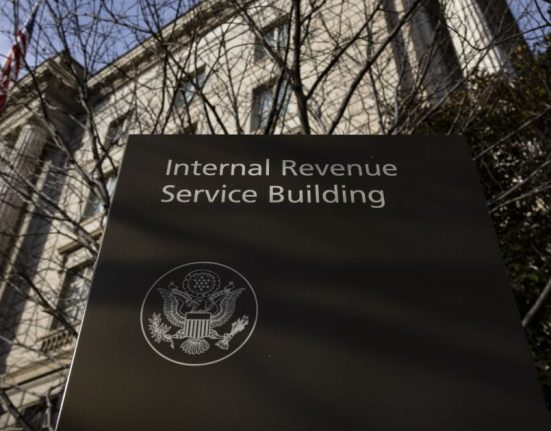Stablecoins sit at the center of the crypto sector’s goals for a return to form.
That’s because stablecoin digital assets, which are designed to maintain a stable value by being pegged to a reserve asset such as a fiat currency (e.g., USD) or commodity (e.g., gold), aim to provide the benefits of cryptocurrencies — such as security, privacy and quick transaction times — while doing their best to minimize price volatility.
And with the news that, at the end of June, the European Union’s landmark Markets in Crypto-Assets Act (MiCA) stablecoin regulations will go into effect, complying with that framework is top of mind for stablecoin issuers, custodial firms, trading exchanges, crypto-asset advising firms and crypto-portfolio managers alike.
The MiCA regulation is part of the European Union’s broader strategy to bring clarity and security to the crypto-assets market. It aims to protect consumers, ensure financial stability and foster innovation within the digital currency space.
By establishing clear guidelines for the operation of stablecoins, MiCA seeks to mitigate the risks associated with these digital assets, such as volatility and potential market manipulation.
At the same time, the MiCA implementation is occurring against a backdrop where, to date, most government oversight of stablecoins and the crypto sector has been relatively theoretical.
MiCA will result in stablecoins being divided into two categories across the EU: “regulated stablecoins,” or those issued by certain regulated companies with approval to offer their tokens to the public and business landscapes; and “unauthorized stablecoins,” or those tokens already populating the crypto marketplace but which may not fall into the regulated category and thus be subject to certain further restrictions when engaged with across the EU’s economic boundaries.
Read more: What CFOs Should Know About the Growing Use of Stablecoins
Understanding The MiCA Framework
Under MiCA, fiat-backed stablecoins or eMoney tokens that have surpassed a specified adoption threshold— measured by a set of seven quantitative and qualitative indicators — will face additional and increased regulatory requirements that put them under the supervision of the European Banking Authority (EBA), as opposed to one of the EU’s national authorities.
The regulation bans algorithmic stablecoins outright and requires fiat-backed stablecoins to be backed by a liquid reserve that has a 1:1 ratio, as well as requires issuers to establish and maintain a reserve of assets insulated from other assets and held in custody by a third party. These measures are designed to guarantee that stablecoins can be reliably used for payments and as a store of value, thereby enhancing consumer trust in digital currencies.
And with blockchain continuing to be embraced by mainstream and traditional financial players, compliance will be crucial for effectively doing business and growing digital asset adoption across the EU.
Binance, the world’s largest — and often embattled — crypto exchange has already announced that it plans to “restrict the availability of Unauthorized Stablecoins for EEA users, implementing phased changes and product restrictions to ensure compliance and minimize market disruption.”
This approach, per the company, “aims to fulfill MiCA objectives smoothly by transitioning users from Unauthorized Stablecoins to Regulated Stablecoins over time, as more Regulated Stablecoins become available in the market.”
“Currently there are few regulated stablecoins with limited liquidity that may not be sufficient to support sudden demand across the industry,” the exchange added in the announcement.
At the same time, stablecoin issuer Circle published a paper titled “MiCA’s Significance Regime for Stablecoins — A Sledgehammer to Crack a Nut?” that argues for “the dual purpose of MiCA’s significance regime — transfer of supervisory responsibility and introduction of increased prudential requirements — [to] be disentangled.”
With the June deadline approaching quickly, the paper does not appear to have impacted the upcoming framework’s requirements.
Read more: Solana Foundation Goes All In on Blockchain as a Mainstream Payments Rail
What to Know About the Stablecoin Opportunity
The recent PYMNTS Intelligence report, “Can Blockchain Solve the Cross-Border Payments Puzzle?” found that incorporating stablecoins into a business’s payment system also provides cross-border customers with a fast, dependable and cost-effective alternative to traditional payment rails. Stablecoins can boost transaction speed and lower currency-exchange risks, making them an attractive option for international transactions.
As just one data point, the Solana network processed $1.4 trillion in stablecoin cross-border payments in March alone, per CryptoSlate, highlighting the scalability of on-chain solutions for cross-border payments.
“The true intrinsic value of blockchain, which is around programmability of transactions, immutability of transactions, and the ability to do delivery versus payment and always-on types of payments, has yet to be unlocked,” Mastercard Chief Digital Officer Jorn Lambert said in an interview with PYMNTS posted last July.
And as the implementation of MiCA progresses, it will be crucial to monitor its impact on the stablecoin market and the broader digital currency ecosystem.








